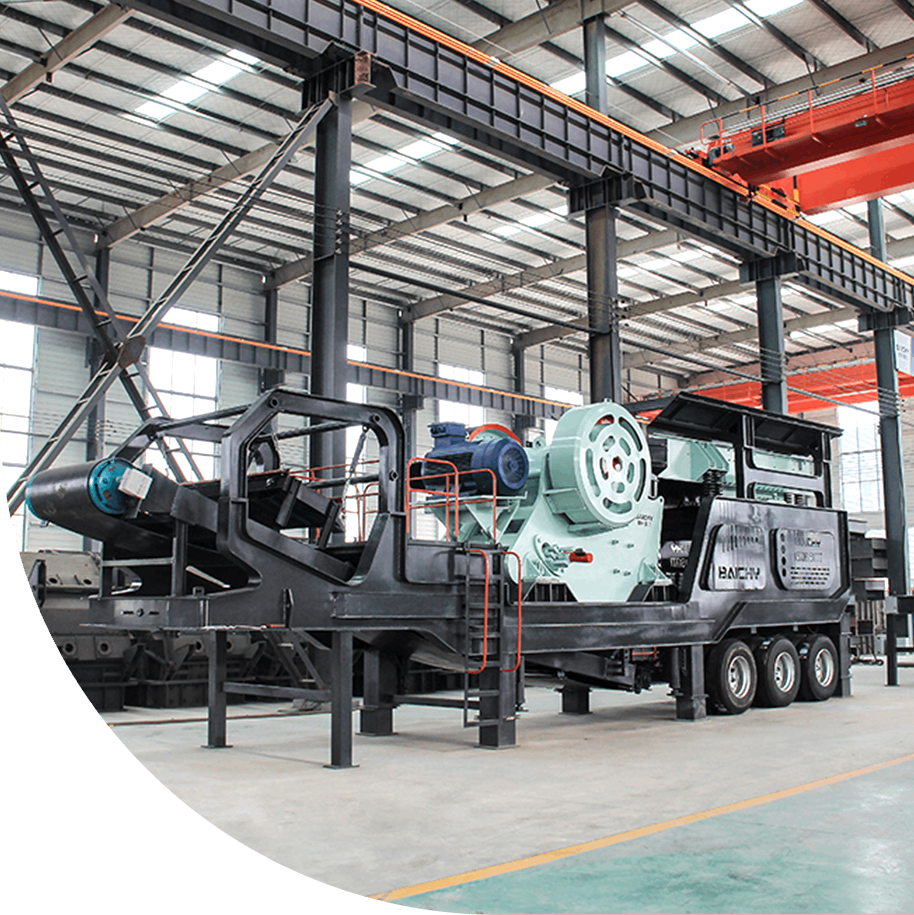What is the difference between ball mill, autogenous mill and semi-autogenous mill? Comprehensive analysis of three types of grinding equipment
In the mining and grinding process, ball mill, autogenous mill and semi-autogenous mill are three common grinding equipment, each with its own characteristics in structure, working principle and application scenario. This article will compare the differences between these three types of equipment in detail to help you understand their advantages and disadvantages and applicable conditions, and provide a reference for the selection of mineral processing equipment.

1. Ball mill: traditional and efficient fine grinding equipment
Working principle
The ball mill rotates the cylinder to drive the internal steel balls or steel rods as grinding media to impact and grind the ore to the required fineness.
Features
✔ Grinding media: Depends on steel balls or steel rods
✔ Applicable particle size: Suitable for fine grinding (the product particle size is finer)
✔ Energy consumption: High (due to the need for additional media)
✔ Application range: Widely used in metal mines, non-metallic mines, cement and other industries
Advantages and disadvantages
✔ Advantages: Simple structure, strong adaptability, good fine grinding effect
✘ Disadvantages: High energy consumption, large steel ball wear, high operating cost

2. Autogenous mill: Use the ore itself as the grinding medium
Working principle
Autogenous mills do not rely on steel balls, but use the collision and friction of large pieces of ore itself to achieve crushing and grinding.
Features
✔ Grinding media: Ore itself (no or a small amount of steel balls)
✔ Applicable particle size: Suitable for coarse grinding (product particle size is coarser)
✔ Energy consumption: Low (reduce steel ball consumption)
✔ Application range: Suitable for ores with higher hardness and larger block size =
Advantages and Disadvantages
✔ Advantages: Energy saving, reduced steel consumption, suitable for large pieces of ore
✘ Disadvantages: Coarse product particle size, high requirements for ore properties

3. Semi-autogenous mill: Combining the advantages of ball milling and autogenous milling
Working principle
The semi-autogenous mill adds a small amount of steel balls (usually 5%-15% of the cylinder volume) to the autogenous mill to improve the grinding efficiency.
Features
✔ Grinding media: Ore itself + a small amount of steel balls
✔ Applicable particle size: Between ball milling and autogenous grinding
✔ Energy consumption: Medium (lower than ball milling, slightly higher than autogenous grinding)
✔ Application range: Common equipment in modern large-scale ore dressing plants
Advantages and disadvantages
✔ Advantages: Large processing capacity, high efficiency, strong adaptability
✘ Disadvantages: High equipment investment, need to optimize the steel ball ratio
4. Comparison summary of three types of grinding equipment
| Comparison items | Ball mill | Autogenous mill | Semi-autogenous mill |
| Grinding media | Steel balls/steel bars | Ore itself | Ore + a small amount of steel balls |
| Applicable particle size | Fine grinding | Coarse grinding | Medium fineness |
| Energy consumption | High | Low | Medium |
| Steel consumption | High | Extremely low | Low |
| Application scenarios | Wide | Large ore | Large ore dressing plant |
| Investment cost | Lower | Higher | High |
5. How to choose the right grinding equipment?
• Ore properties: hardness, particle size, grindability
• Target product particle size: ball mill for fine grinding, and grinder for coarse grinding
• Energy consumption and cost: autogenous mill is energy-saving, but semi-autogenous mill is more efficient
• Production scale: large-scale concentrators are more suitable for semi-autogenous mills
Ball mills, autogenous mills and semi-autogenous mills have their own advantages. When choosing, it is necessary to comprehensively consider the characteristics of the ore, product requirements, energy consumption and investment costs. Ball mills are suitable for fine grinding, autogenous mills are suitable for coarse grinding of large pieces of ore, and semi-autogenous mills combine the advantages of both and become the mainstream choice of modern concentrators.
Further reading
How To Reduce The Energy Consumption Of Ball Mill? 5 Practical Energy-Saving Tips











